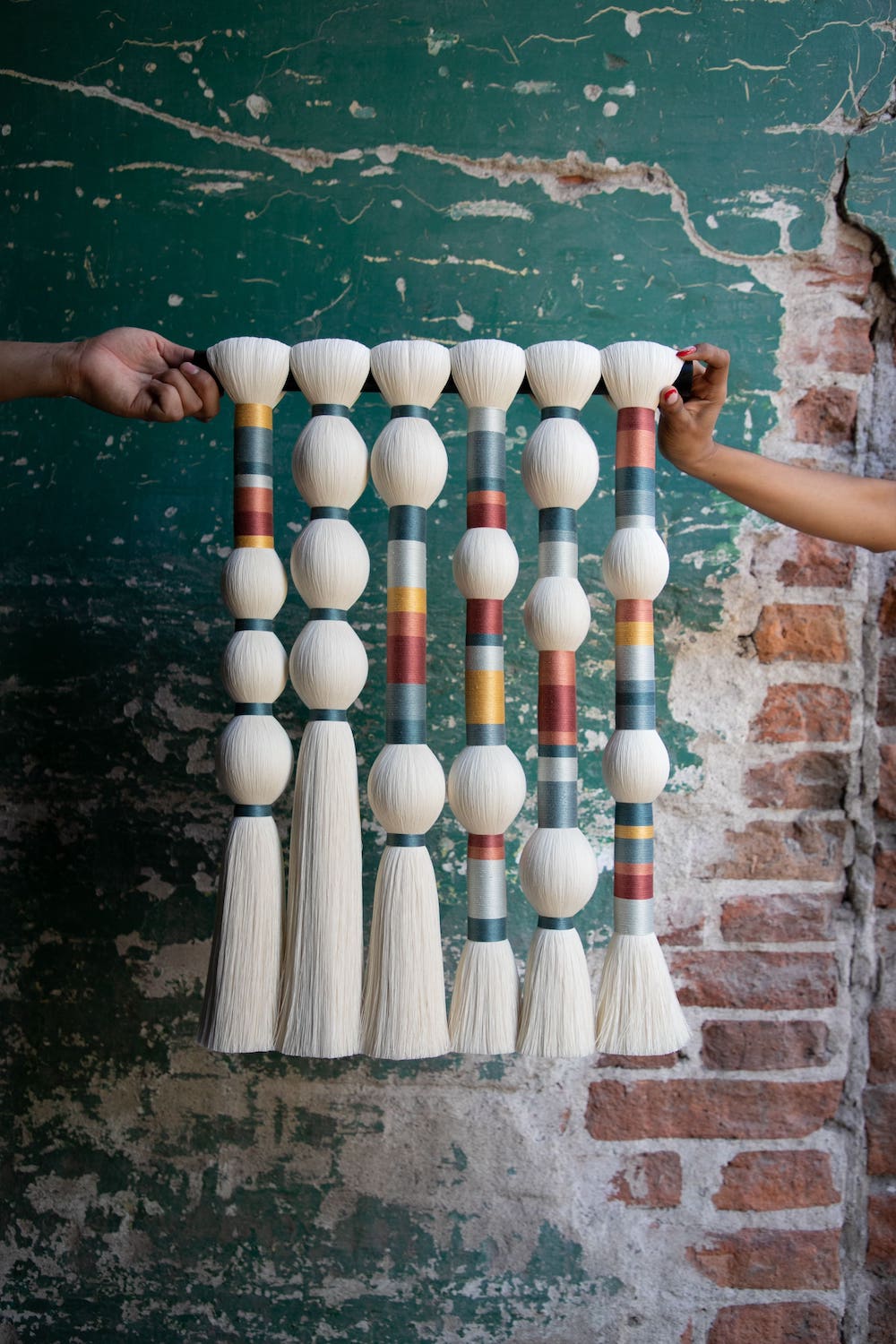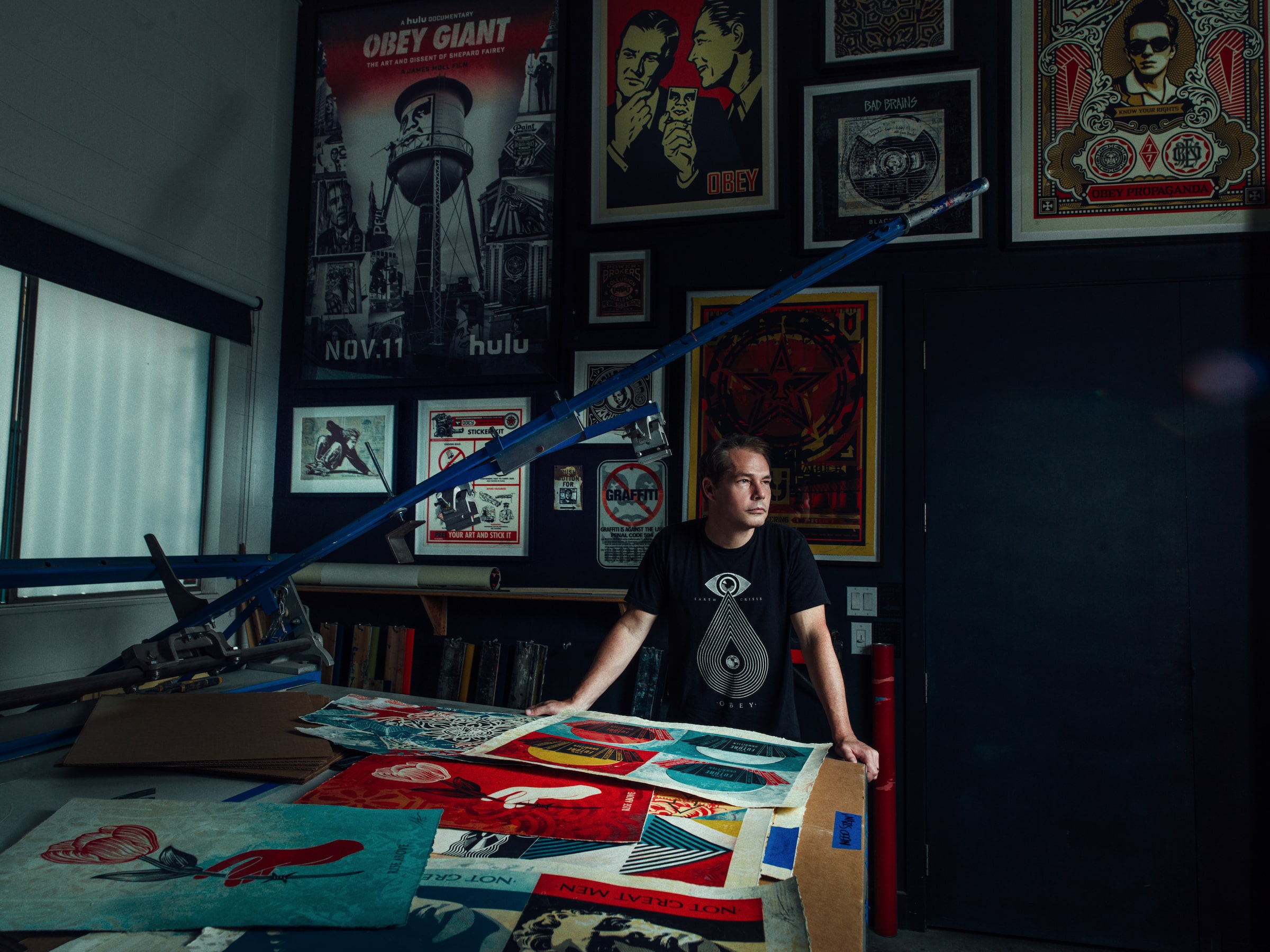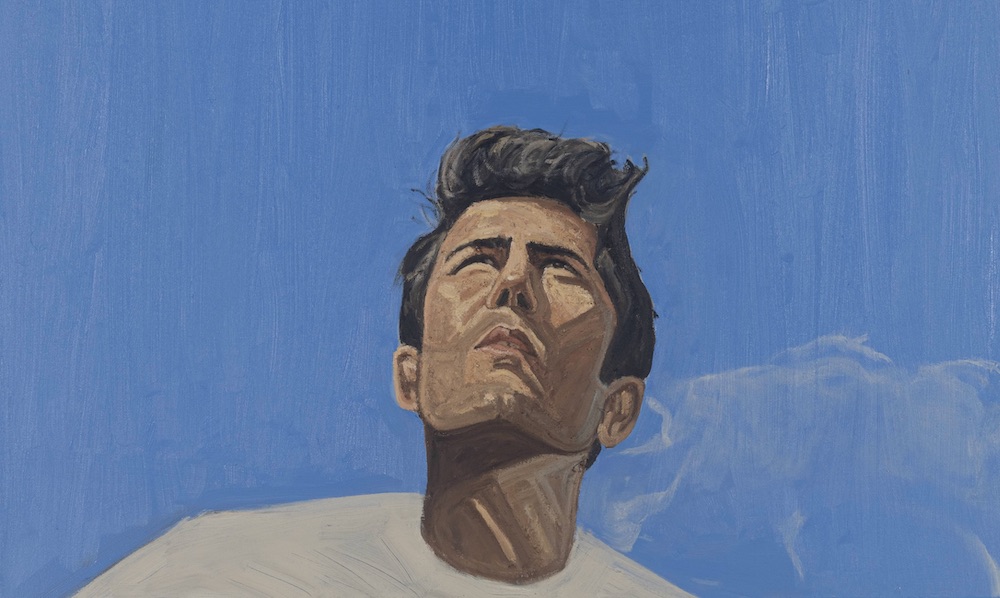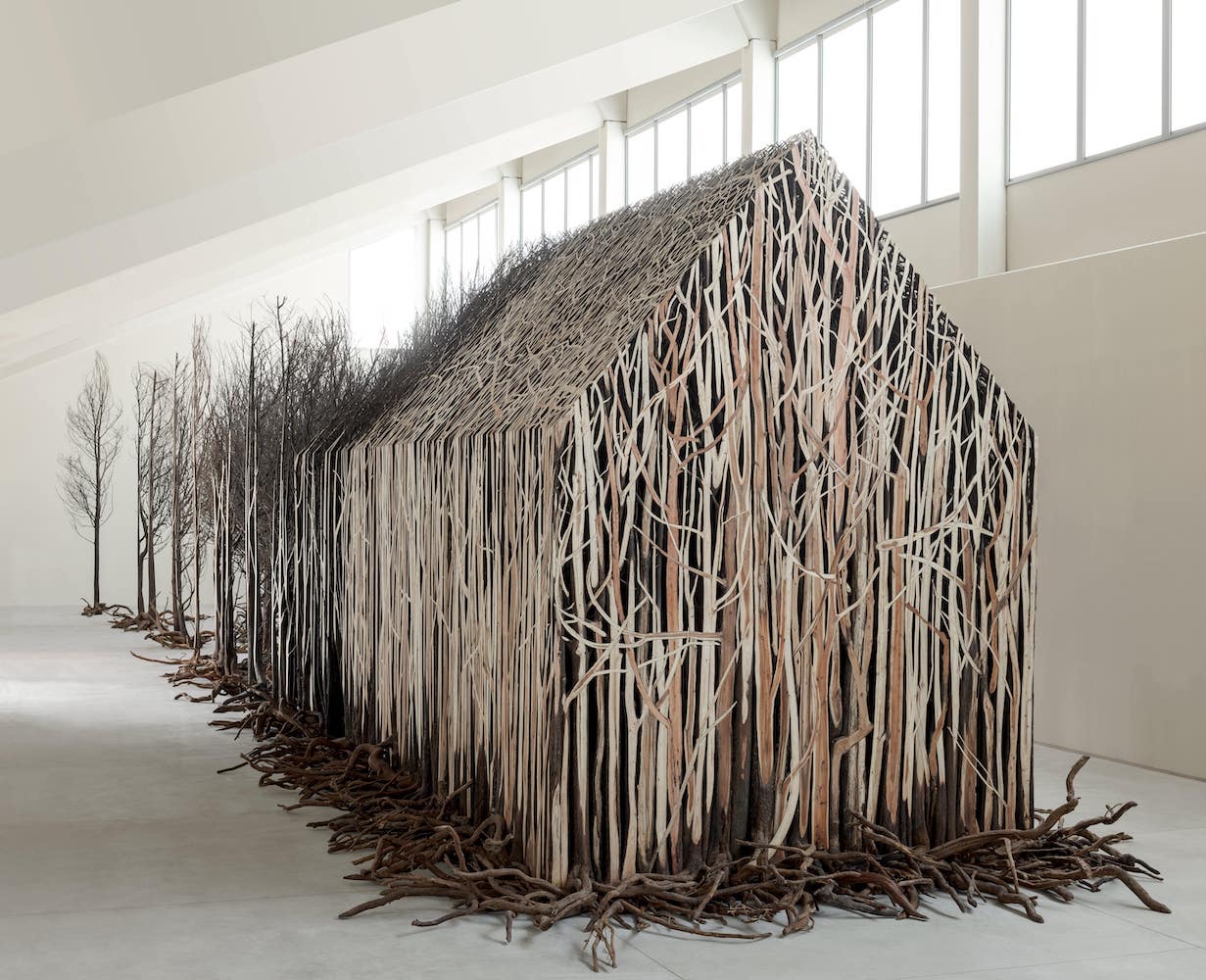Caralarga Creates Unique Sustainable Pieces
In the early 2010s, Ana Holschneider and her husband, Luis Gónzalez, were in search of a space to start a brewery. In their hometown of Querétaro, they found a space for their eventual beer garden, Cervecería Hércules, in a textile factory complex named El Hércules, which began producing cotton fabrics and denim in 1846.
Around the same time, Holschneider met María del Socorro Gasca, who had experience in jewelry and artisanal weaving techniques. While together at El Hércules one day, they found raw cotton threads that had been discarded by the nearby textile workshop. Drawn to the material’s texture, smell, and color, they saw the opportunity to explore waste as a medium to create unique, timeless, and sustainable pieces. From that thread, a brand named Caralarga—after Holschneider’s nickname from the Aztec character Cara-larga in the book El corazón de piedra verde—was born.
In the past decade, Caralarga has moved from purchasing the factory’s waste to create jewelry pieces to buying materials in bulk to craft fashion garments, accessories, and interior design objects, too. Inside the textile factory’s original space, now shared by creatives in varying fields, the brand has a team of 60 artisans that collaboratively work on products like handbags, lamps, mirrors, and cushions—all still made from the same raw materials produced by El Hércules, though they’ve since moved to a city two hundred miles away. Curious about Caralarga’s relationship to material, sustainability, and community, Whitewall spoke with Holschneider about how she aims to innovate—and not reinvent—traditional Mexican techniques.
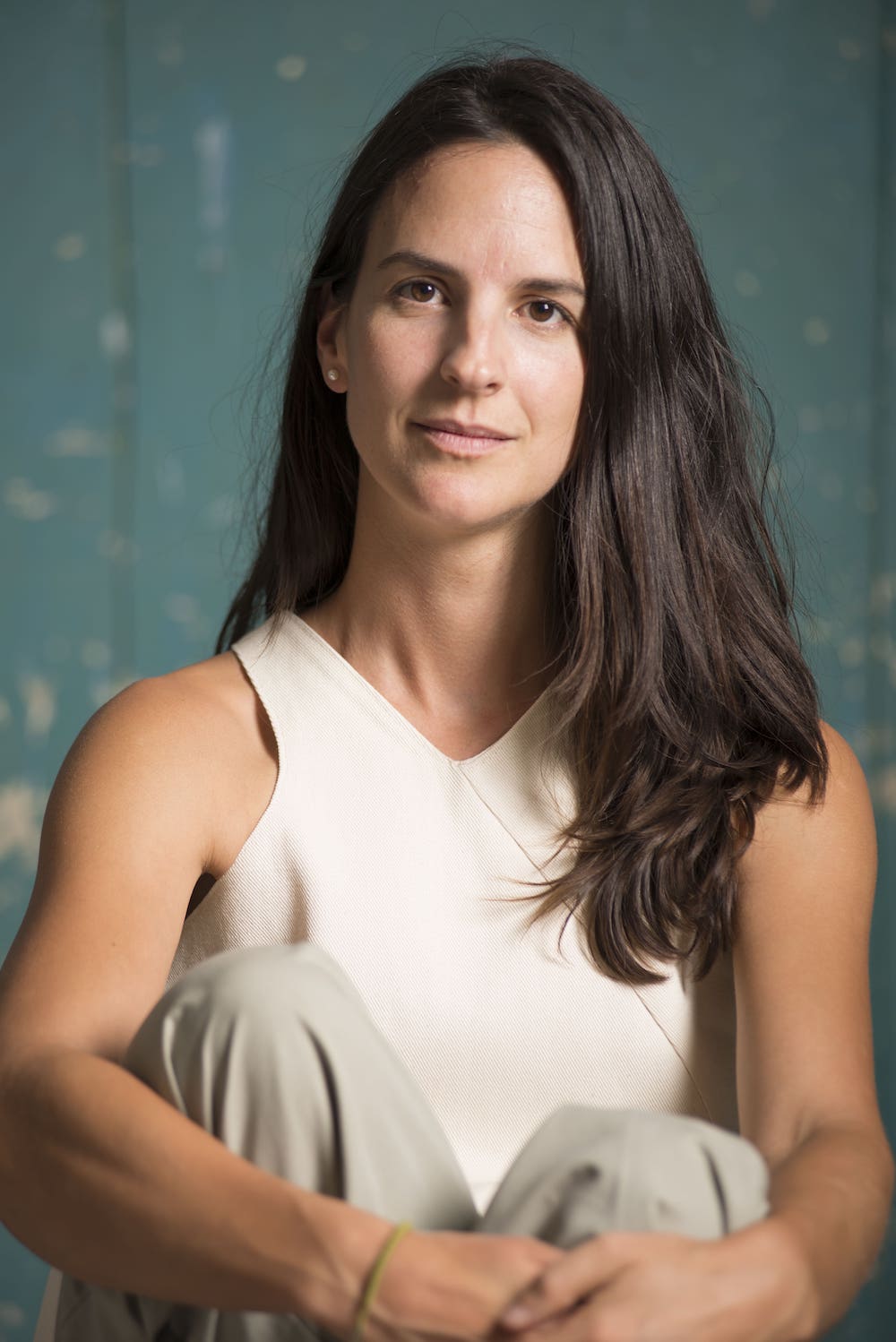
Ana Holschneider, portrait by Alejandro Gutiérrez.
WHITEWALL: Caralarga’s workshop seems special. What’s it like inside?
ANA HOLSCHNEIDER: Our workshop and showroom spread across various old warehouses inside the Hércules complex, a space that we have adapted for our activities while keeping the essence of what once was the old textile factory. As of right now, there are 60 employees working inside this space, from the artisans that hand-make all of the pieces, to the packaging artisans who make the custom boxes for each product and the administrative team. It’s a place where we can work, but also where people can come and see the full context, understand where the products come from, who makes them, and overall understand the brand better.
WW: How does the company’s location—in the Hércules neighborhood on the outskirts of Querétaro—impact Caralarga’s relationship with textiles?
AH: The access to this place, its materials, and its people was the inspiration that gave Caralarga its essence. Even though the textile factory closed its doors in 2019, we try to keep alive its spirit and legacy through our materials and the artisans who mostly come from the Hércules neighborhood—or are relatives of former textile workers from the factory. We love being able to continue with this heritage of creating with textiles and being able to contribute a little to the Hércules community.
WW: Who are the artisans that work at Caralarga today?
AH: Something important for us is producing locally. Many of the artisans who collaborate in Caralarga today come from families that once were part of the old textile factory and now get to be part of this place again. Some learn the techniques from the master artisans and others work entirely from their homes or workshops, applying their own artisanal skills to produce different pieces like clothing, tapestries, or paper-mâché tables.
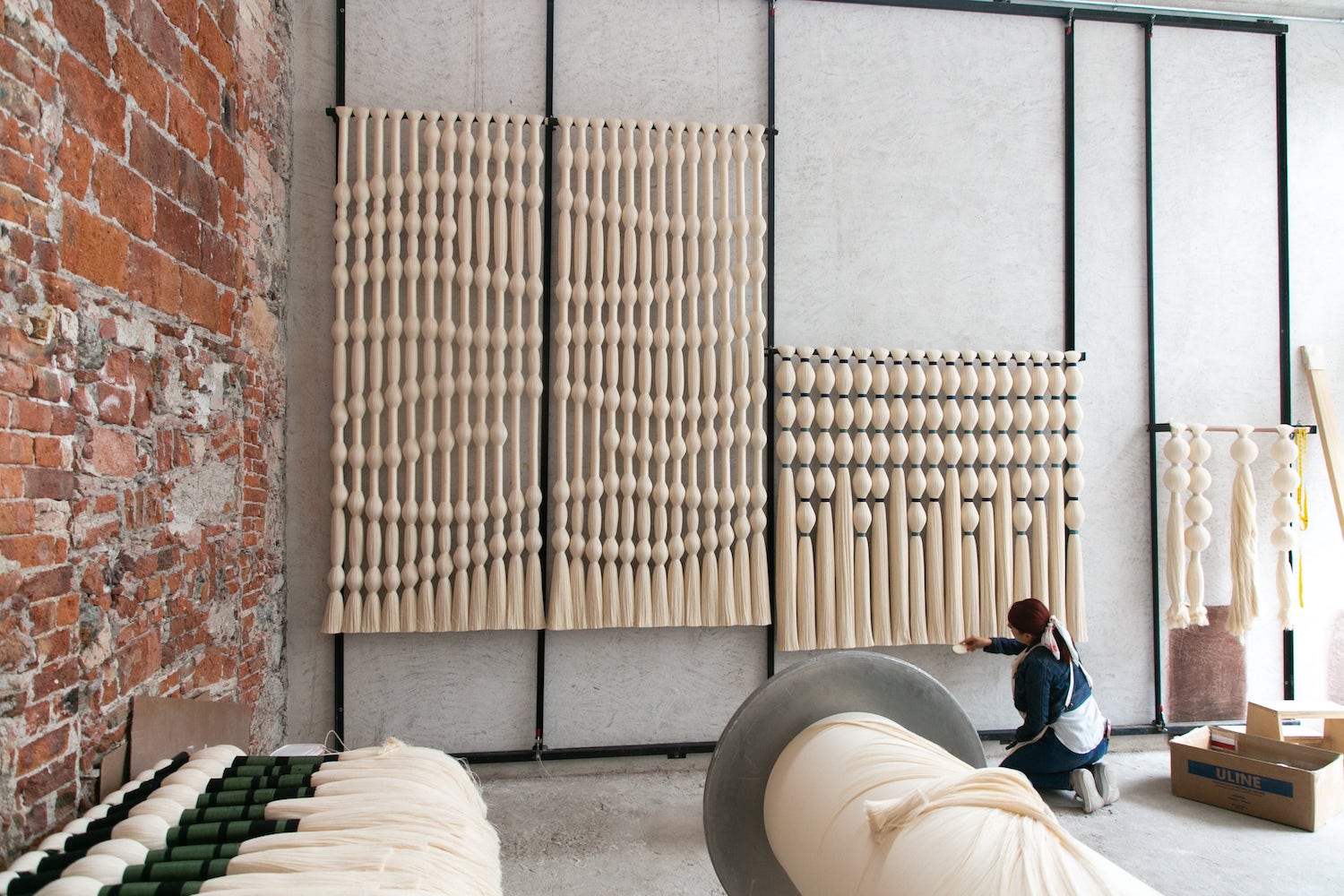
Photo by Diego Mateos, courtesy of Caralarga.
WW: You’ve said you’re trying to innovate traditional Mexican crafts—like necklaces made of cotton strands around paper-mâché—but not trying to reinvent them. Why is this important to both you and the future of Mexican artisanry?
AH: We’re a country with a large variety of artisanal history and culture—its crafts have been part of Mexico’s national identity for a long time. Experimenting with our own materials, while incorporating these ancestral techniques, is a way for us to keep innovating within our brand while honoring that heritage in each piece.
Something we’ve found working with these techniques is that the cotton rows can become a canvas on which we can capture infinite ideas using moorings and paper-mâché spheres. We always seek to take elements from nature or Mexican traditions into our pieces, like patterns, figures, or colors that we can reinterpret into our designs.
“Our designs are timeless.”
WW: Your mission of obtaining and transforming textile waste is seen in the brand’s “Recovered” collection, featuring mirrors and tapestries, as well as in Caralarga cushions, which are filled with recycled materials. Can you tell us about this?
AH: With the take-off that our “Large Format” pieces had, we realized that we had started to generate new waste when cutting the pieces. We had a large amount of raw thread cuttings that we did not want to throw away. This was a complete 360 for us, since it was to re-implement one of the values that inspired the start of Caralarga, looking for ways to apply different techniques
for the reuse and transformation of the waste that we were generating. Yasmin Tellez, who at that time was helping us in the clothing area, began to experiment with these thread cuts using a technique that we used for our necklaces, and from there, our entire “Repurposed” line was launched. We managed to rescue the waste of threads to later assemble them into horsehair-like fringes, from which many ideas and many possibilities emerge: mirrors, tapestries, and even cushions.
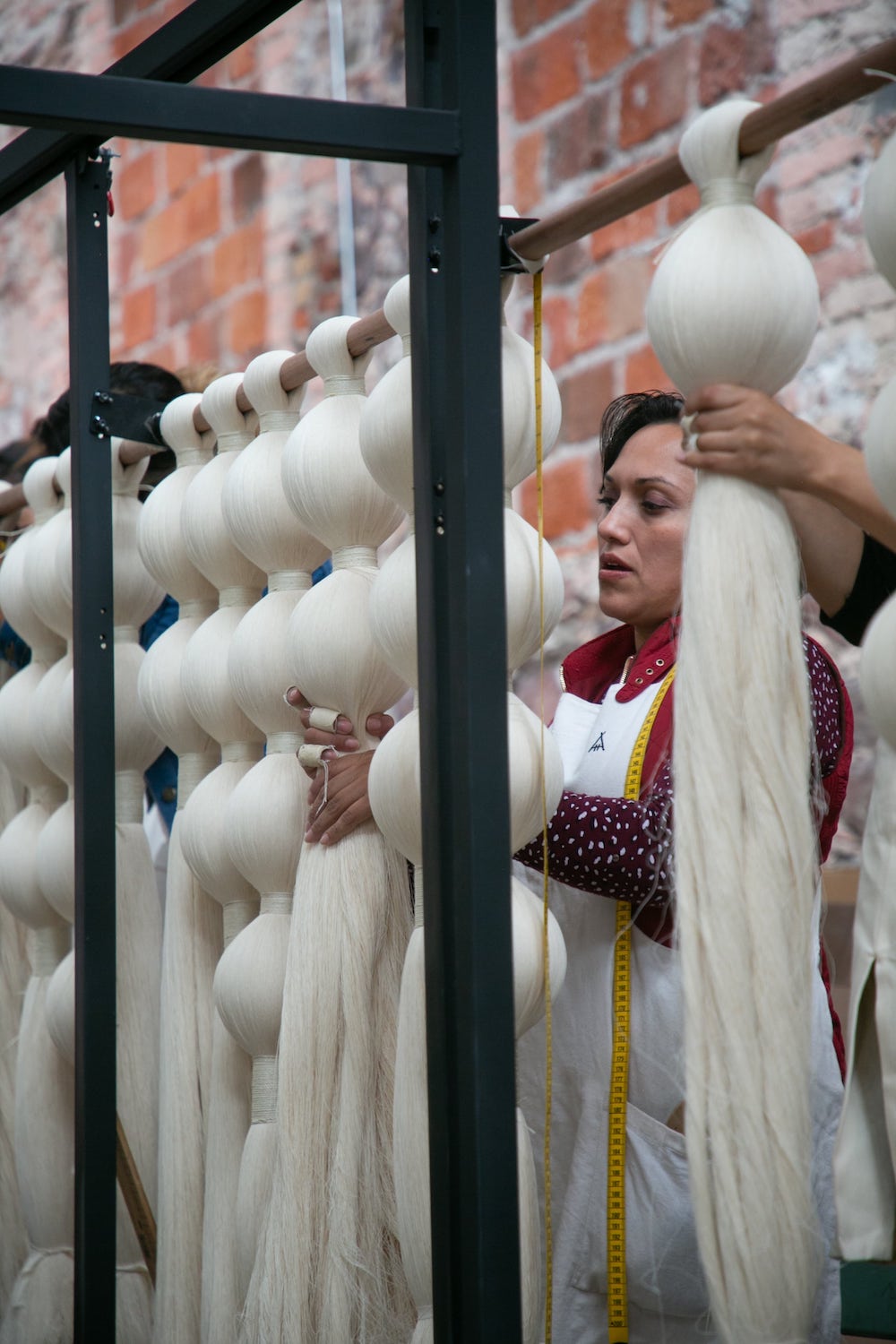
Photo by Diego Mateos, courtesy of Caralarga.
WW: The company recycles waste for new pieces, and hires locally. How else are you considering sustainability?
AH: We try to use almost all of our resources. We recover and organize all the waste left from production to transform it into new pieces. It’s a habit that we’ve incorporated into all the areas of the company in some way or another. The less waste we produce the better.
WW: Caralarga provides job opportunities beyond its factory by working with women at facilities, like La Esperanza Community Center, to weave its cotton into new products. How important is economic sustainability to the brand?
AH: We think it is important to invest in the creation of jobs; it’s always a way to share and grow together with the communities we are part of. The project in collaboration with La Esperanza was a way for these women to use their artisanal skills while gaining extra financial support working from home. At the same time, it was a way for us to expand into new techniques and products which we released at the time.
WW: Of what importance do you feel handmade objects are in the rapid-paced retail landscape?
AH: I think in an era where accelerated trends and overconsumption have taken over, brands tend to put quantity over quality first. We make sure that our designs are timeless and made to last but also that highlight and honor the quality of the materials and the people who make them. It is important to keep alive all that knowledge of ancestral techniques that have been passed down for generations and which lives on in each of these handmade pieces.
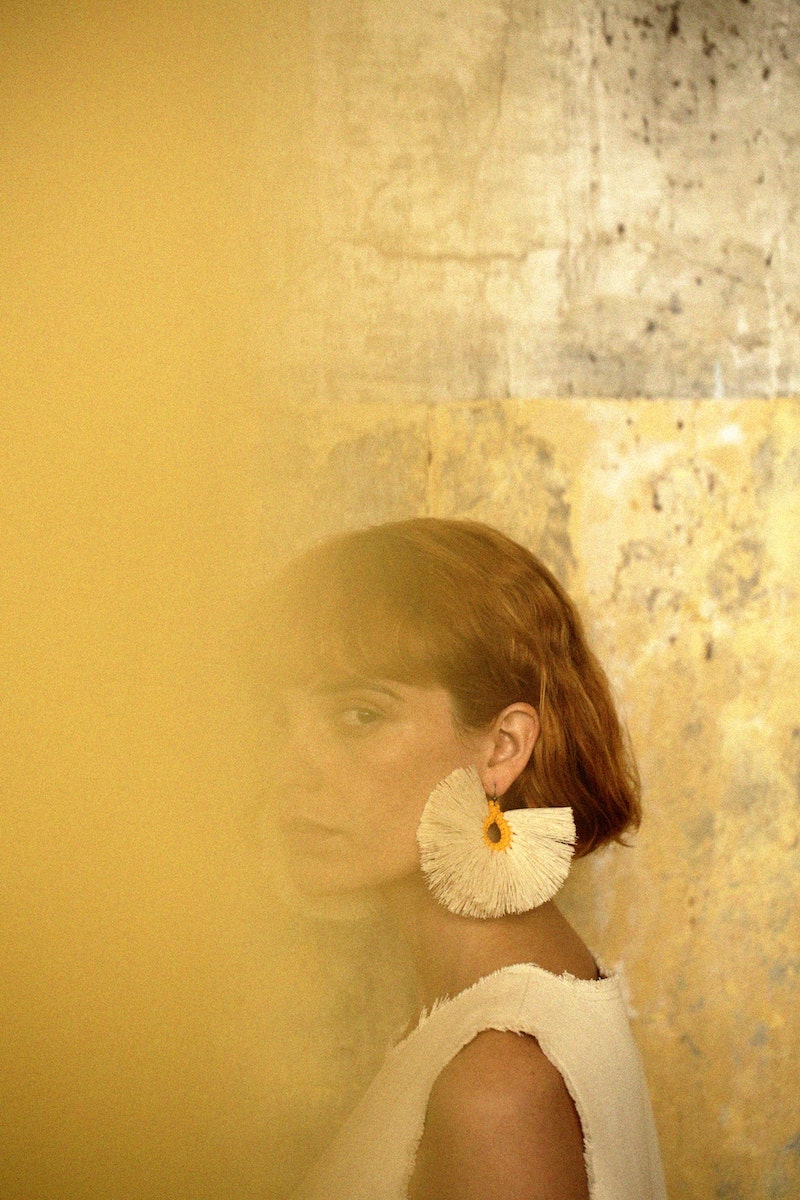
Photo by Gloria Estefanía, courtesy of Caralarga.
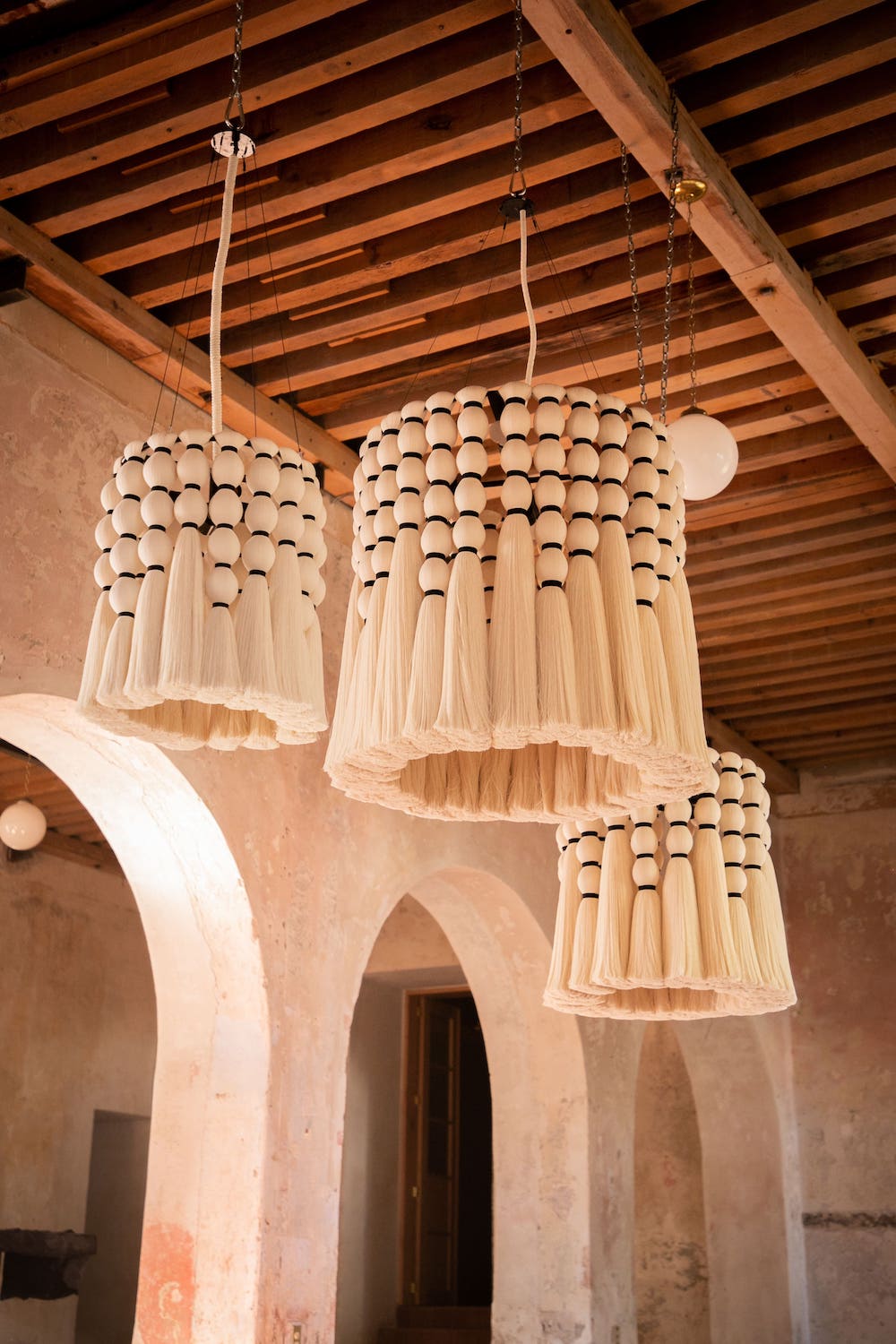
Photo by Gloria Estefanía, courtesy of Caralarga.
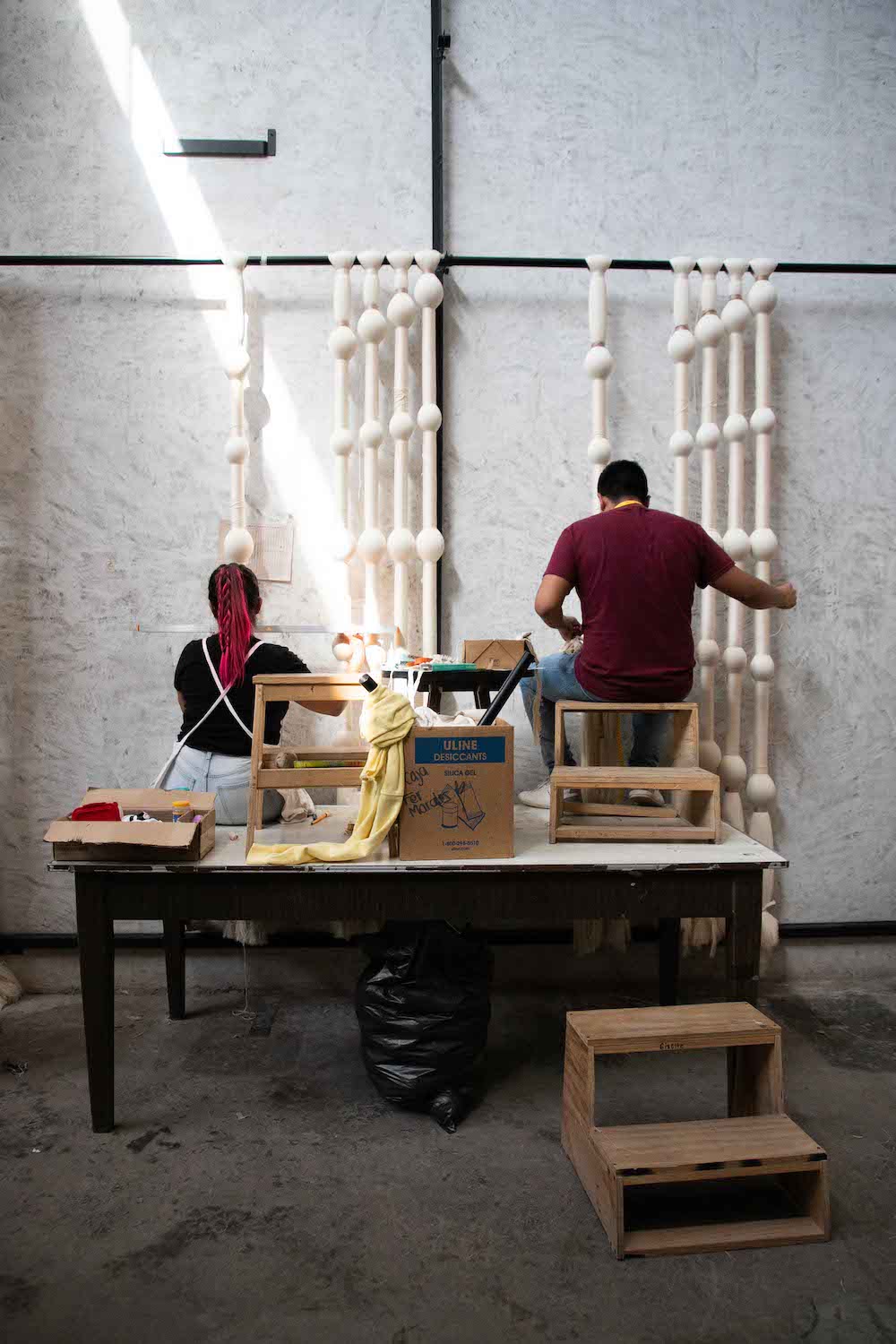
Photo by Diego Mateos, courtesy of Caralarga.



